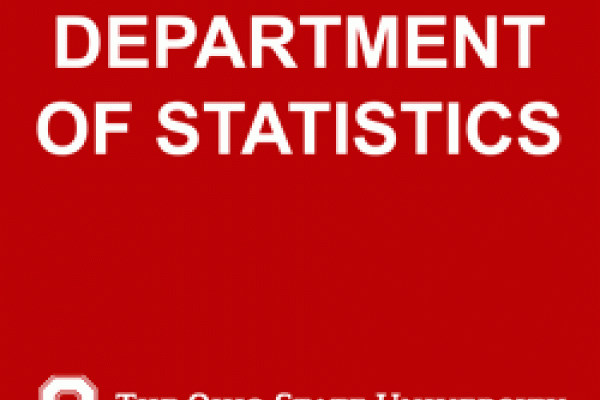
Title
The Promise of Personalized Medicine: The Challenges for Statistics, Bioinformatics and Biology in Pharmacogenomics
Speaker
Greg Campbell, Center for Devices and Radiological Health, Food and Drug Administration
Abstract
Since the announcement in June of 2000 of the successful sequencing of the human genome, the public has looked to science for practical breakthroughs in medicine directly from this achievement. One promise has been that of personalized medicine; namely, that medical products and procedures can be tailored to the individual patient. With the evolution of evermore sophisticated microarrays, and the potential to bring tests based on microarrays and on single nucleotide polymorphisms (SNPs) to market, an explosion in the amount of genetic and genomic data has now taken place.
The challenge is how to discover (and then convince others) that a particular medical product, say a drug, is safe or more efficacious for one individual based on the particular result of a diagnostic (probably genomic) test. How can these associations be discovered and how can diagnostic tests and pharmaceutical drugs be co-developed? Several drug-diagnostic examples are reviewed and a number of clinical trial designs for co-development are discussed.
One instructive project that can illustrate some of the many statistical challenges involving bias and multiplicity is the Microarray Quality Control Project (MAQC). MAQC, now in its second phase, is a unique effort, led by the Food and Drug Administration, which combines the efforts of statisticians, clinicians, and scientists at various federal agencies, industry and academia. A FDA Draft Guidance on In Vitro Diagnostic Multivariate Index Assays (IVDMIAs) is also discussed.
The implications for the future of individualized medicine are enormous and it is clear that an interdisciplinary effort involving statistics, bioinformatics and biology will be crucial in unlocking the promise of not only genomics but also proteomic and metabolomics.
